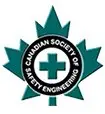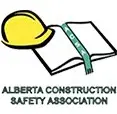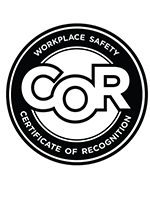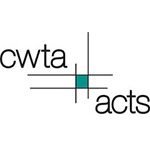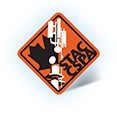Posted: Jul 1
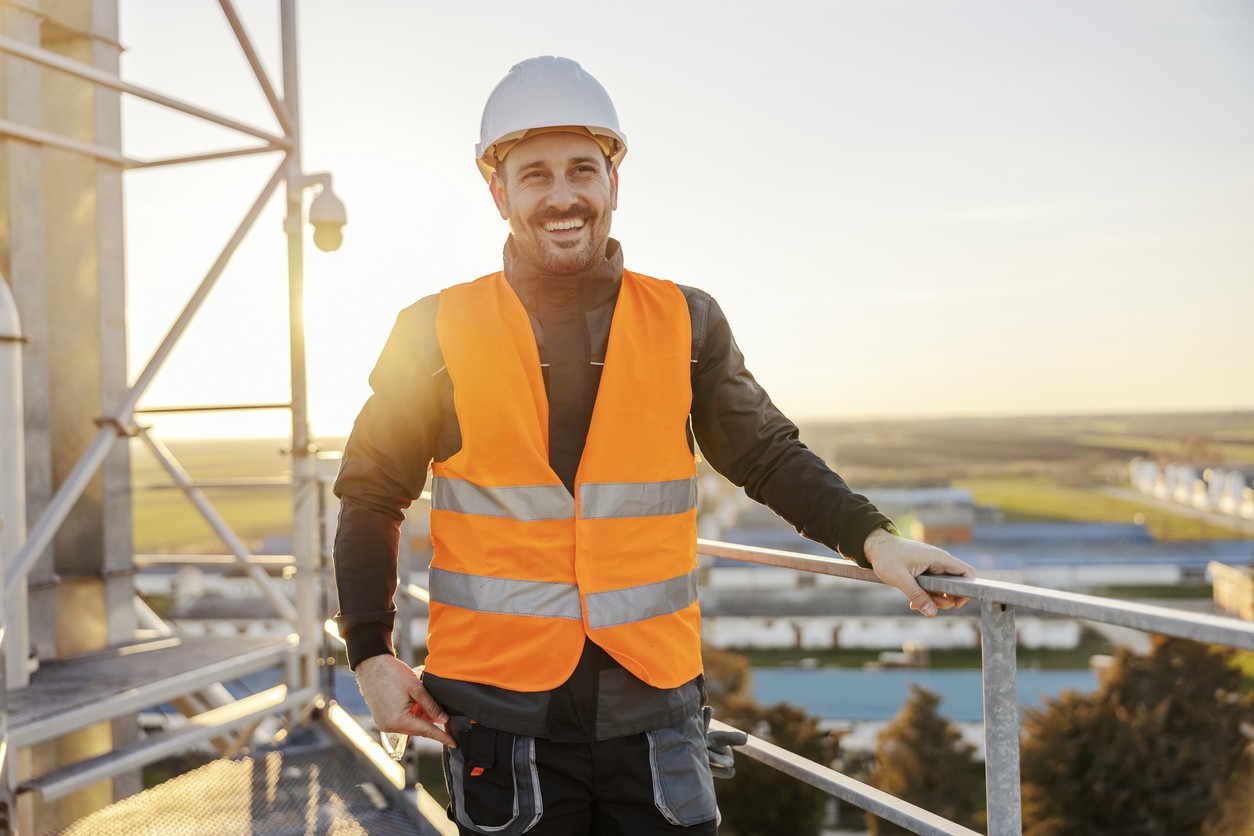
Creating a safe workplace isn’t just about following regulations—it’s about fostering a culture of protection that puts workers' well-being first. Fall protection installations and guardrails are foundational elements of such a safety system. By integrating these with other safety measures like harnesses and safety nets, businesses can create a robust, multi-layered approach to fall prevention. This approach is vital in high-risk environments where a single misstep can lead to serious consequences. Need assistance with designing or upgrading your fall protection systems? MI Safety is here to help—contact us today to get started!
Guardrails are a critical component of fall protection installations, offering a simple yet effective first line of defence. Unlike personal protective equipment (PPE), which requires individual use and training, fall protection installations and guardrails provide passive protection. They prevent falls by creating a physical barrier between workers and fall hazards, making them particularly valuable on elevated surfaces, rooftops, and scaffolding. Because they are non-intrusive and require minimal maintenance, guardrails are a cost-effective solution for reducing fall risks. They are also versatile, easily adapted for various environments, including construction sites, warehouses, and industrial facilities.
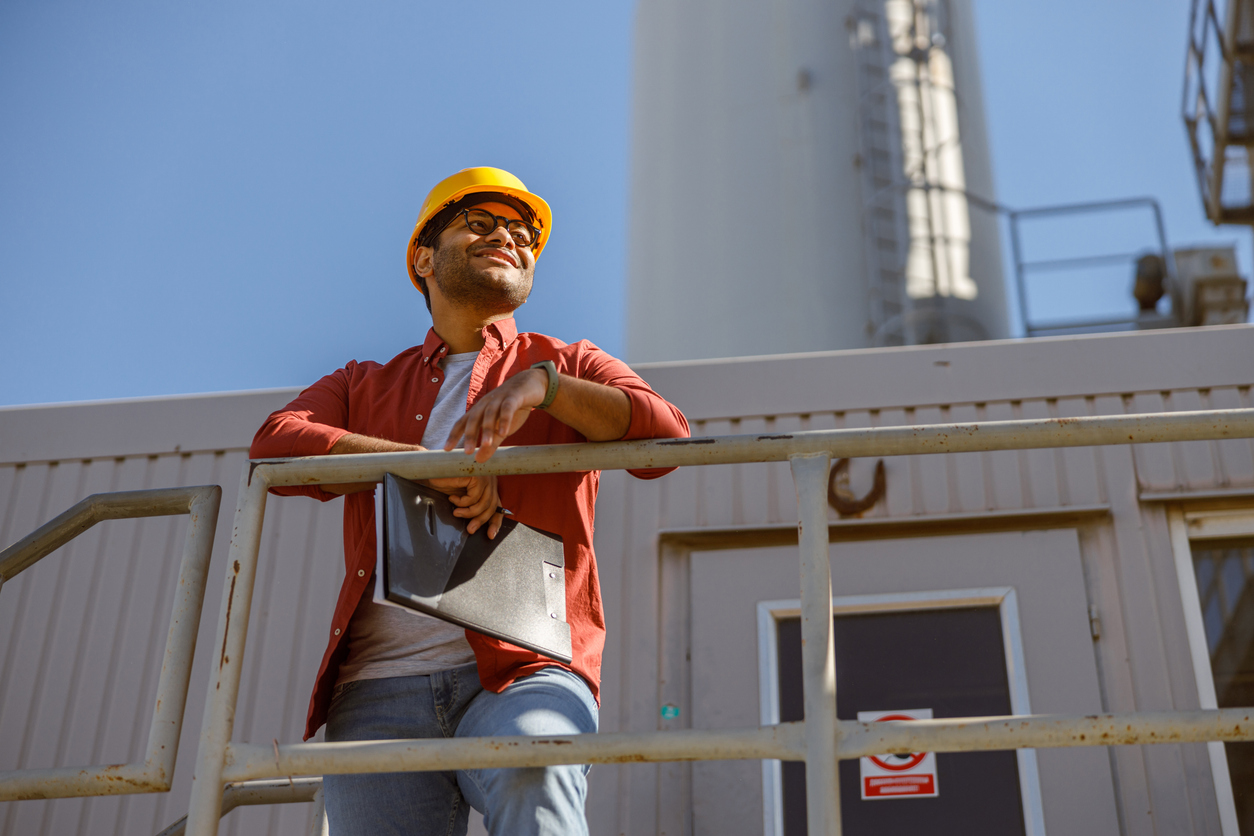
While guardrails are highly effective, they are just one piece of a comprehensive safety strategy. To build a truly holistic system, they should be integrated with other fall protection installations, such as:
By combining these tools, you create layers of protection that account for various scenarios, significantly reducing the likelihood of accidents.
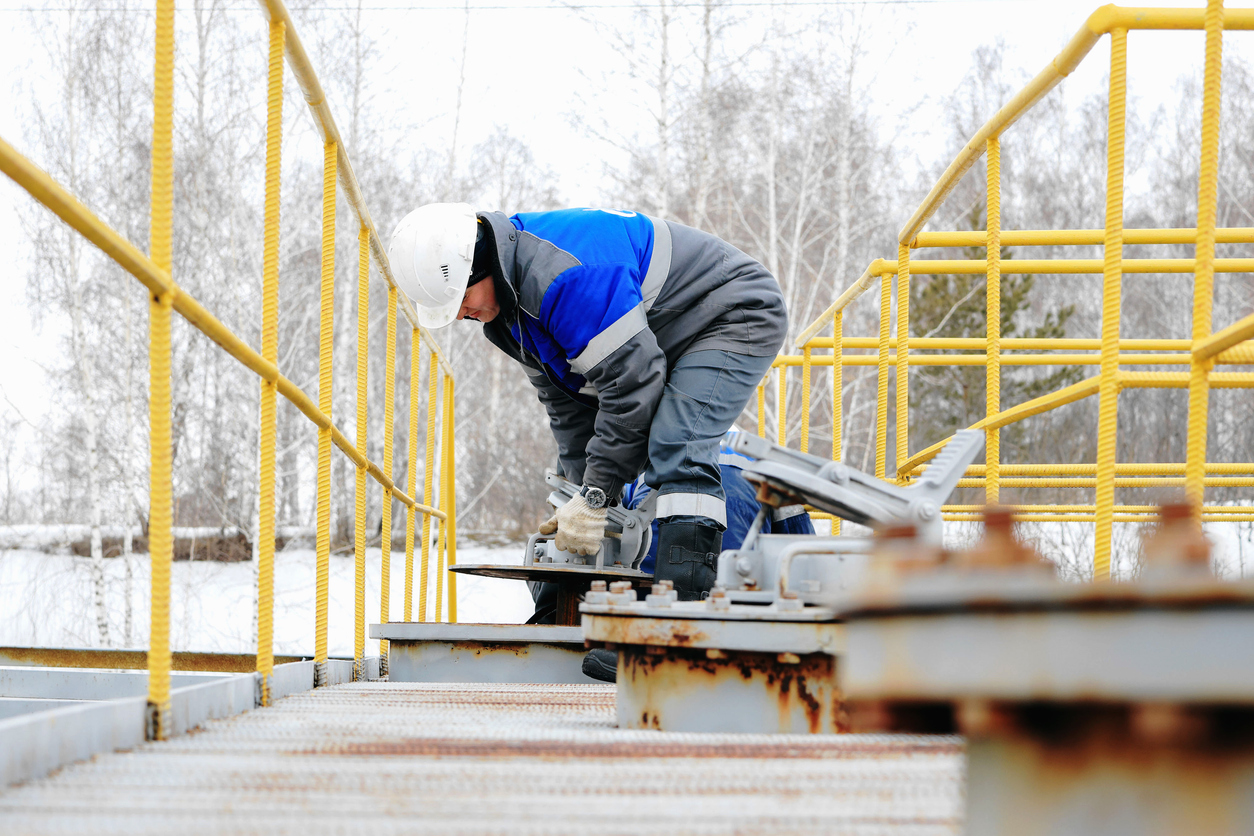
When implementing fall protection installations and guardrails, consider these best practices:

To maximise safety, fall protection installations and guardrails should be part of a broader strategy that addresses workplace hazards holistically. This strategy should include:
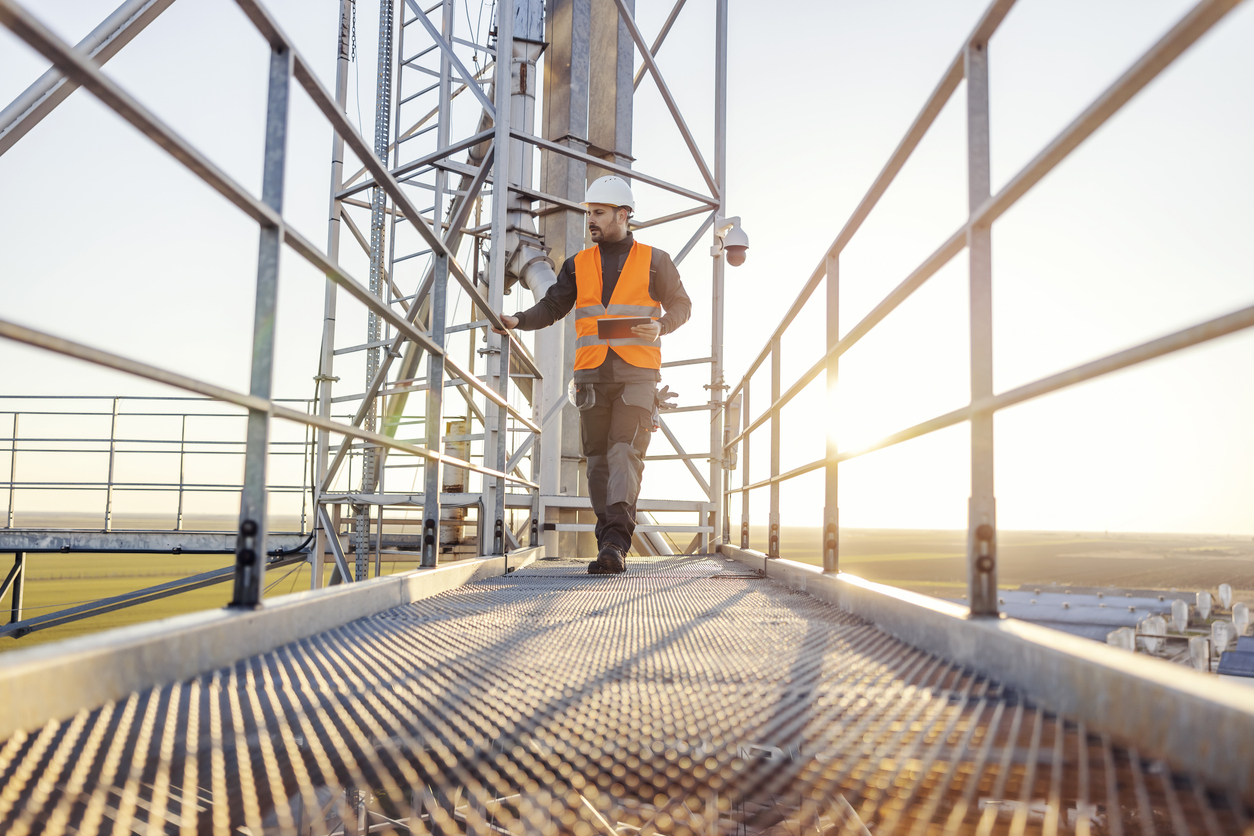
Building a holistic safety system requires careful planning, adherence to regulations, and the right combination of fall protection installations and guardrails. By integrating these systems with other safety measures, you can create a workplace where workers feel secure and confident, even in high-risk environments. At MI Safety, we’re committed to helping businesses like yours design and implement effective fall protection solutions. Whether you’re starting from scratch or enhancing an existing system, we have the expertise to guide you every step of the way. Contact us today to learn more about how we can help protect your team and create a safer workplace!
REQUEST INFO ON OUR COURSES